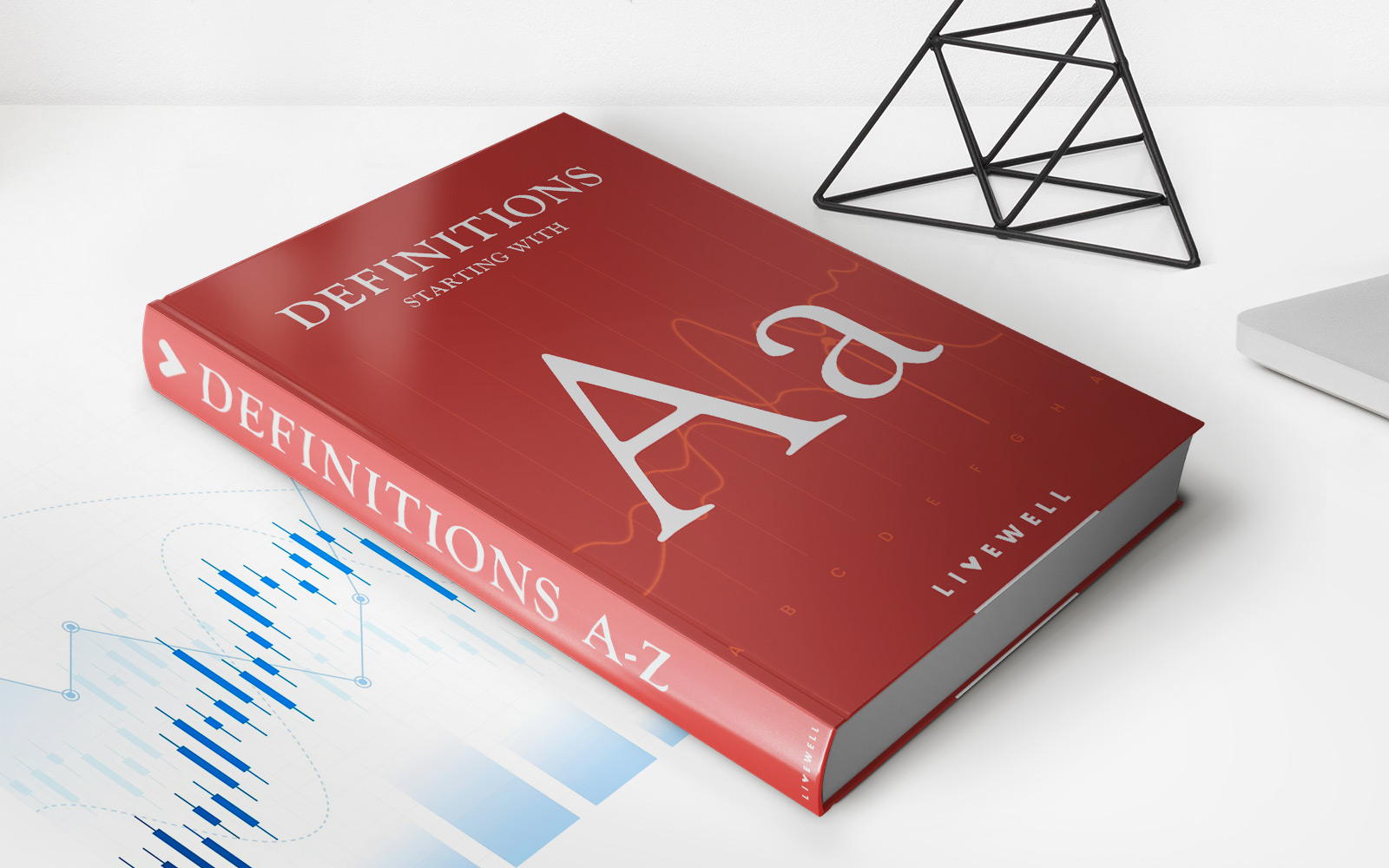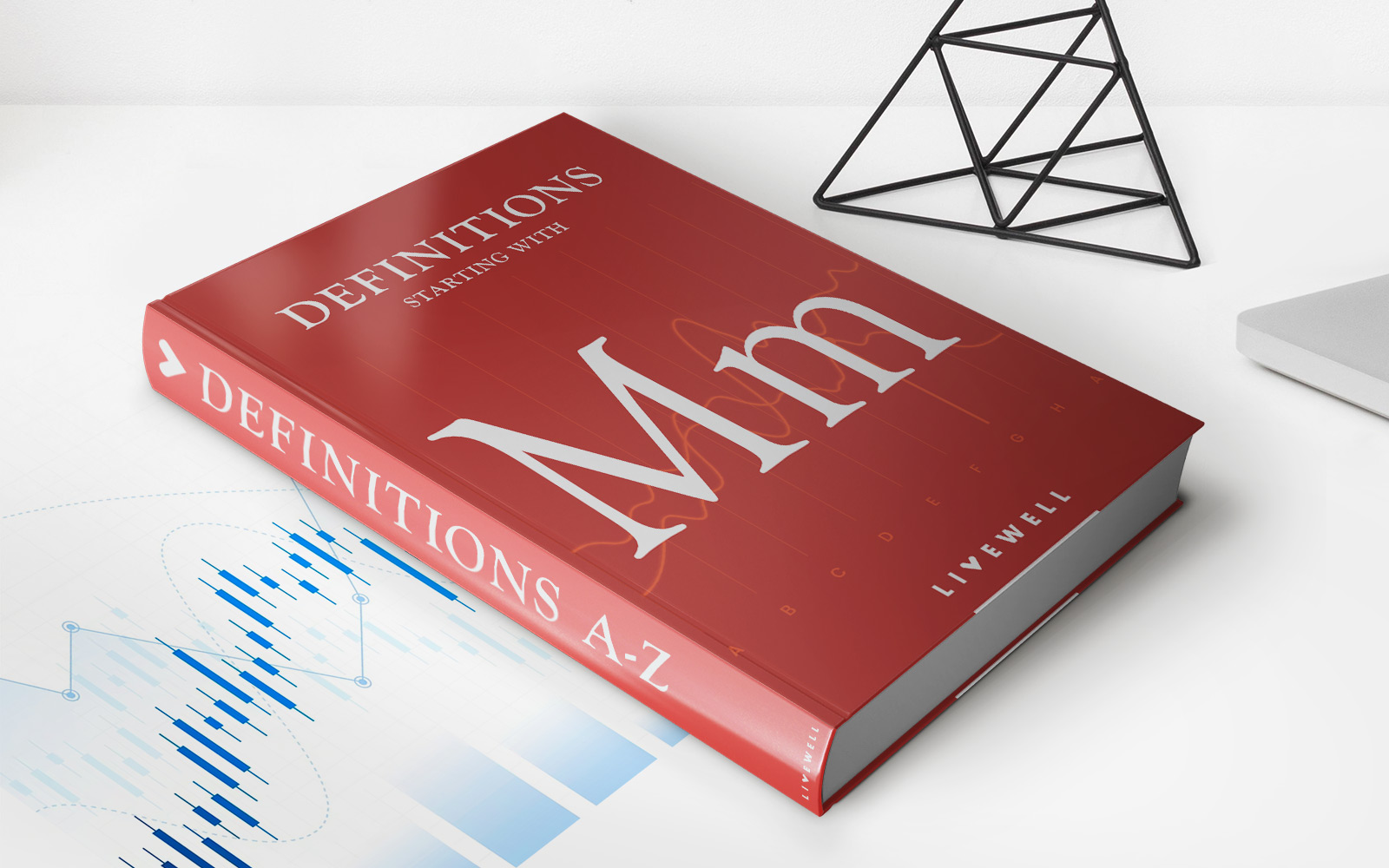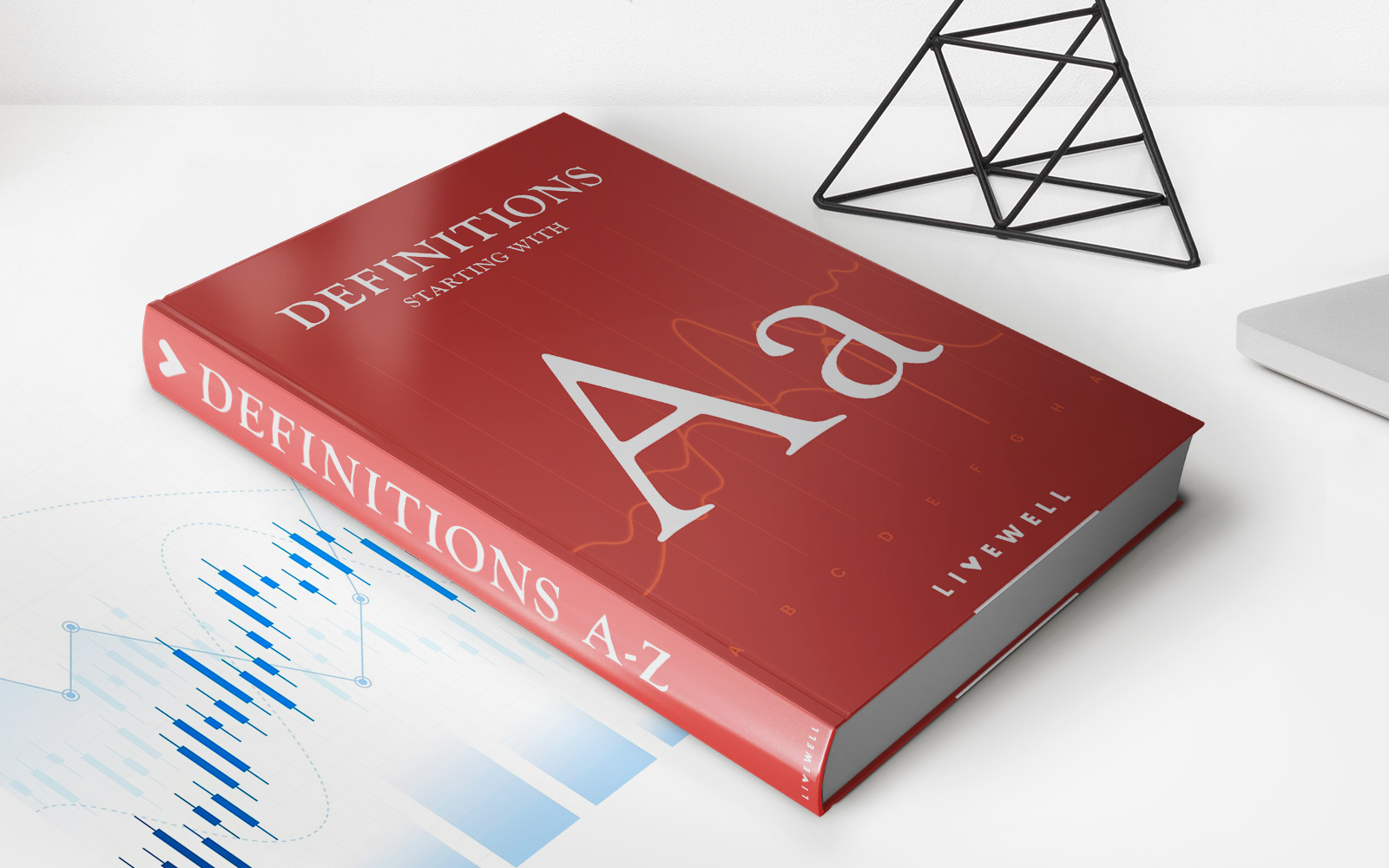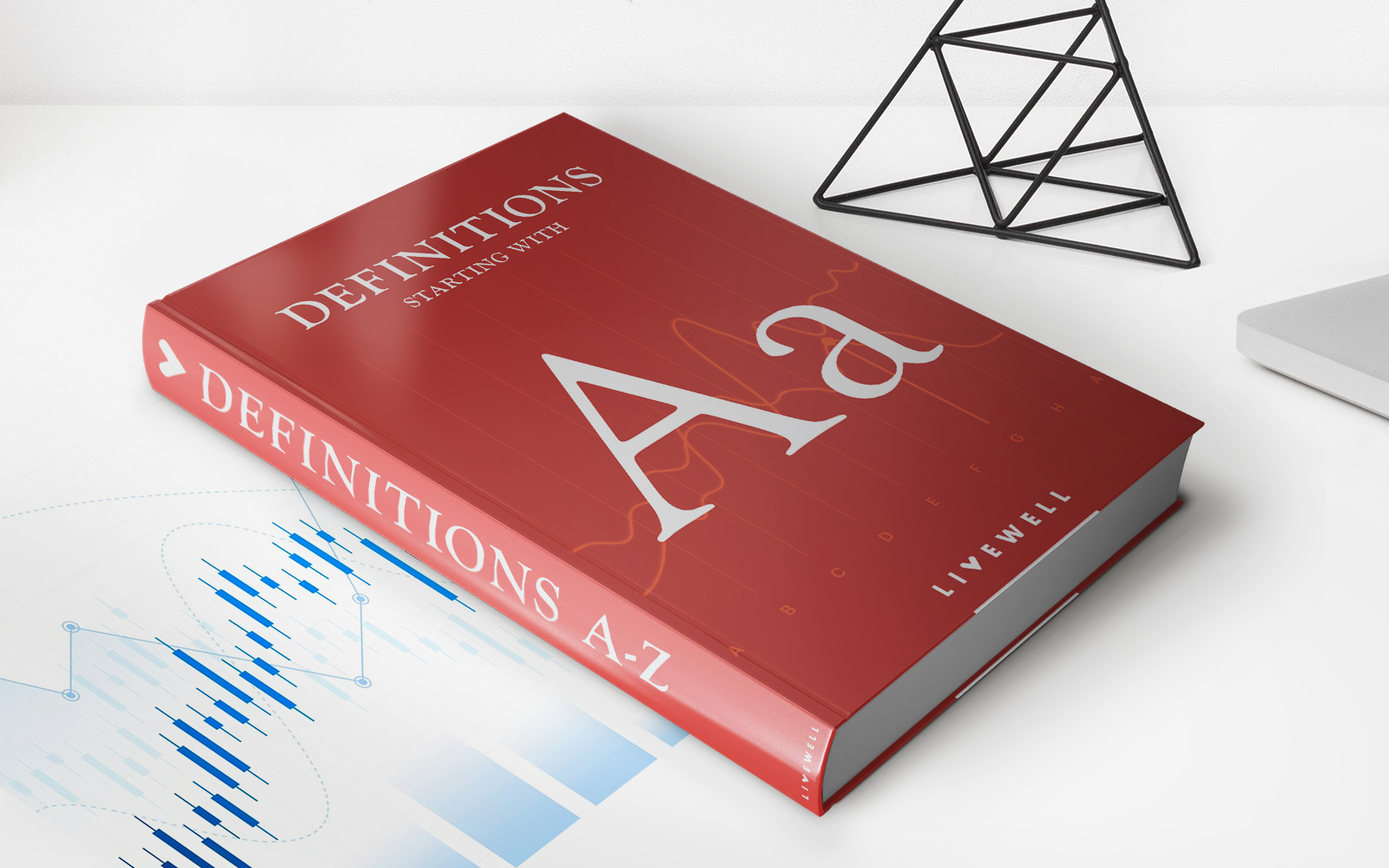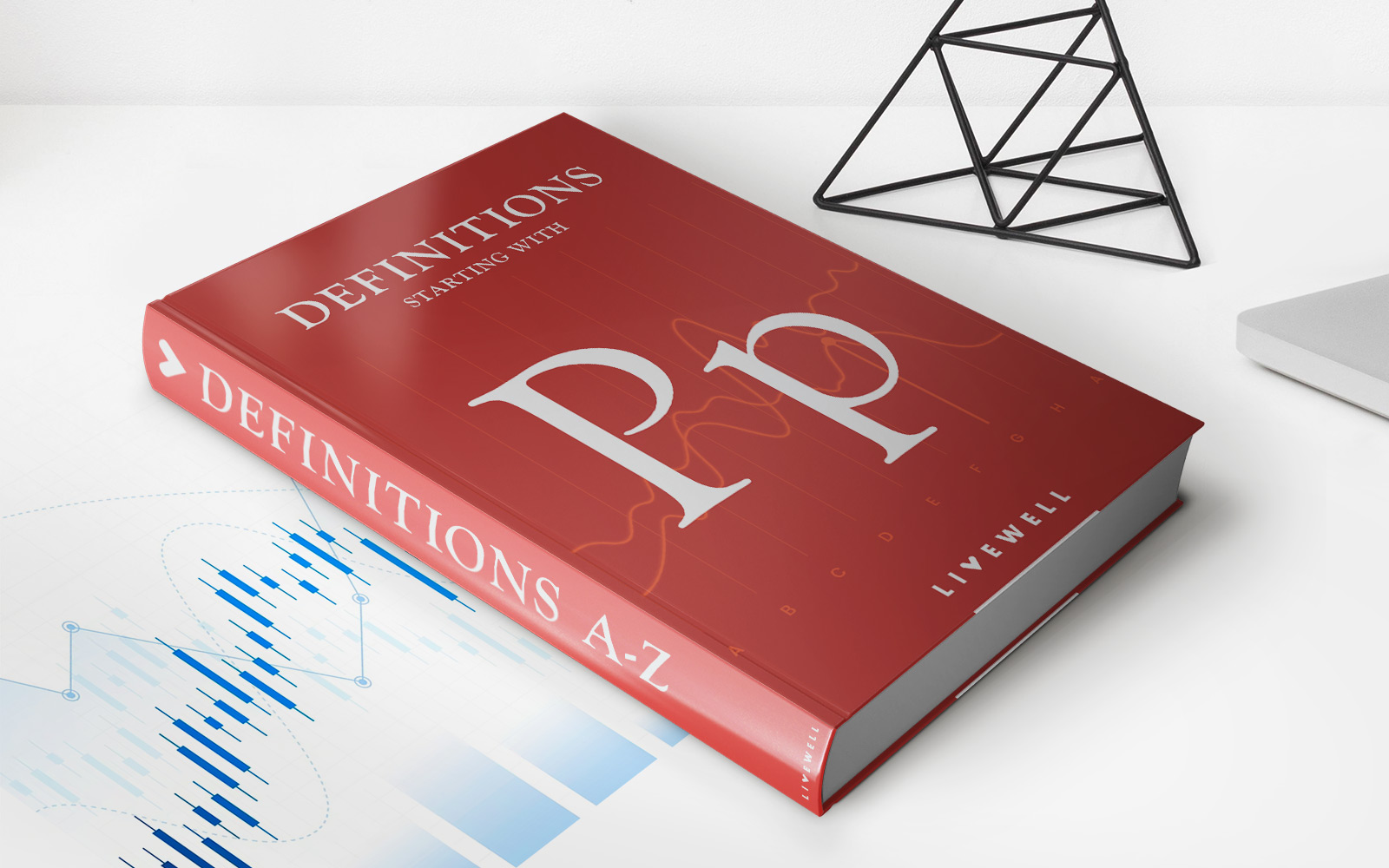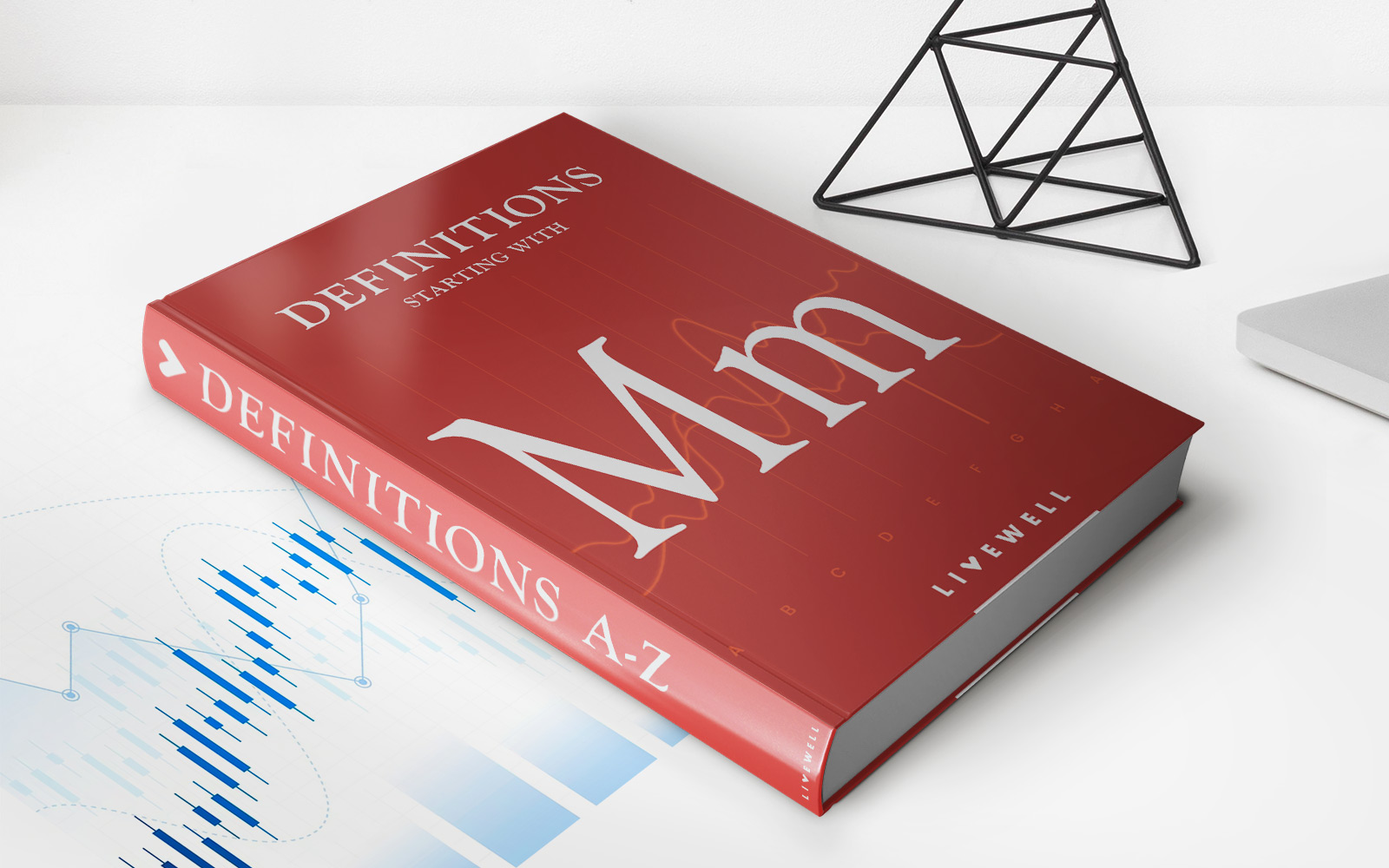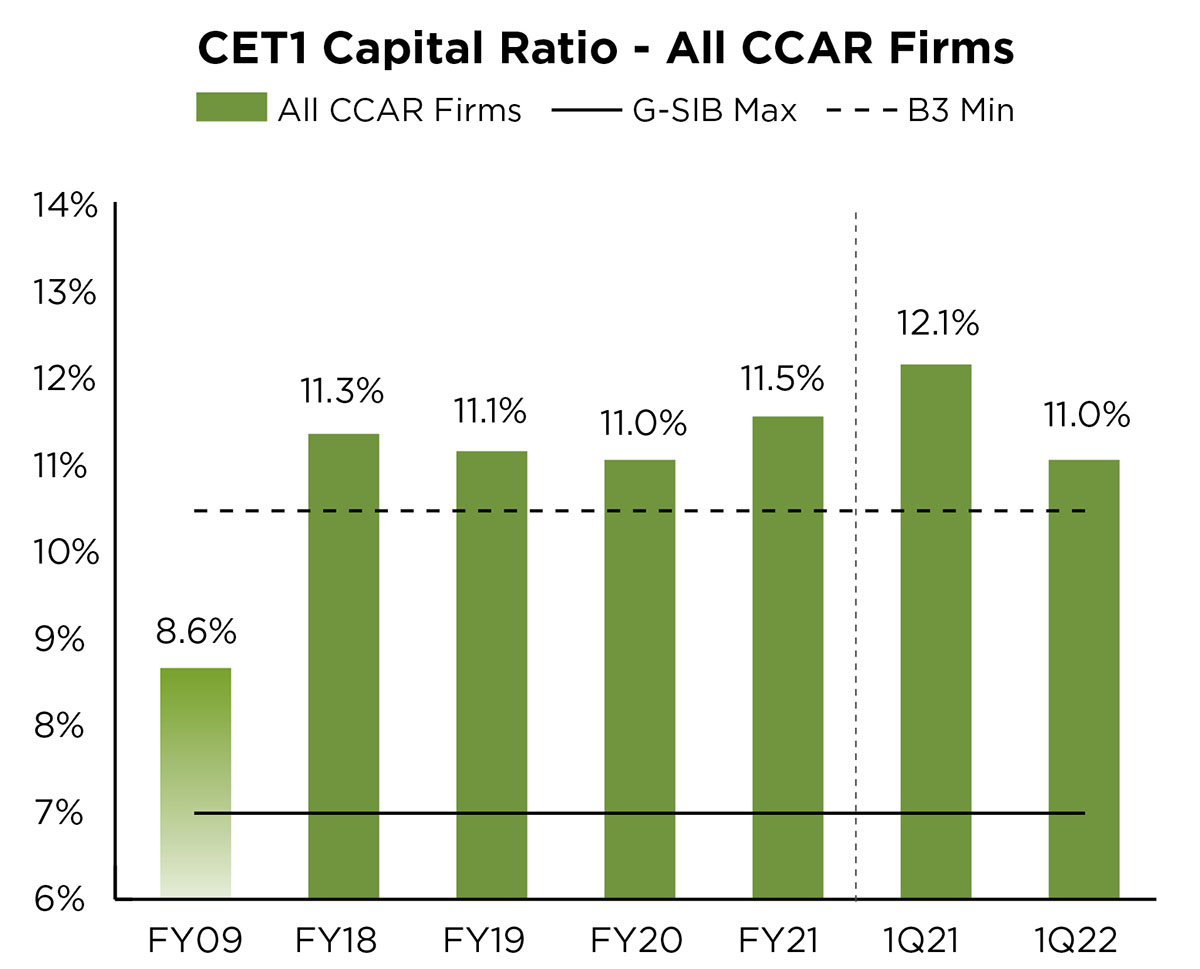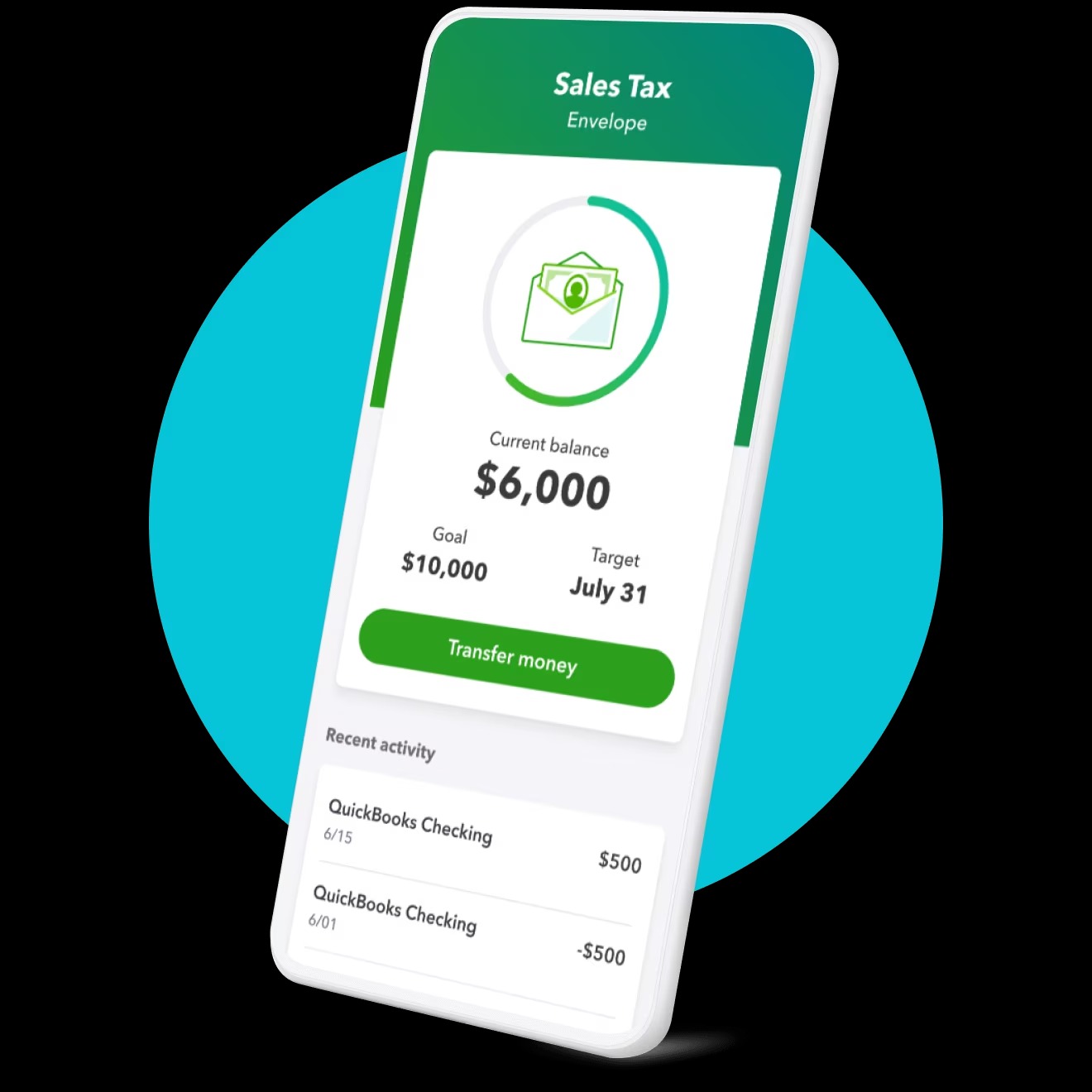

Finance
Flip-Flop Note Definition
Published: November 25, 2023
Find out the meaning of flip-flop note in finance and how it impacts investment strategies. Stay informed with our comprehensive guide on flip-flop notes.
(Many of the links in this article redirect to a specific reviewed product. Your purchase of these products through affiliate links helps to generate commission for LiveWell, at no extra cost. Learn more)
Understanding Flip-Flop Note in Finance: A Comprehensive Guide
Finance is a complex world with various terms and concepts that can often seem overwhelming. One such term is the Flip-Flop Note. In this blog post, we will dive deep into the definition, uses, and implications of a Flip-Flop Note in the world of finance.
Key Takeaways:
- A Flip-Flop Note is a lending instrument that allows the borrower and lender to switch positions as either the note investor or note payer.
- Flip-Flop Notes offer flexibility and can be a useful tool in managing cash flows and adjusting risk exposure.
So, what exactly is a Flip-Flop Note? In simple terms, it is a unique type of lending instrument that enables the borrower and lender to switch their roles as either the note investor or note payer. This versatility allows one party to shift from being the borrower to the lender, and vice versa, during the term of the loan.
Now, you might be wondering why anyone would want to engage in this type of arrangement. Well, here are a couple of key takeaways to understand the benefits and implications of Flip-Flop Notes:
- Flexibility: Flip-Flop Notes provide borrowers with the flexibility to become lenders, and lenders with the opportunity to take on the borrower’s role. This option allows parties to restructure their positions based on changing financial circumstances or realign their investment strategies.
- Cash Flow Management: For individuals or companies looking to manage their cash flows effectively, Flip-Flop Notes can be a valuable tool. By switching roles, borrowers can adjust their payment schedules, helping to match their income or revenue patterns.
In addition to these key takeaways, Flip-Flop Notes also have implications in terms of risk exposure. By undergoing role switches, parties involved can adjust their risk levels, potentially reducing their exposure to market volatility and interest rate fluctuations.
Overall, Flip-Flop Notes offer unique advantages in the world of finance. This lending instrument provides flexibility and the ability to manage cash flows effectively, making it an attractive option for borrowers and lenders alike.
It’s essential to consult with financial experts or professionals to fully understand the intricacies and implications of Flip-Flop Notes before considering them as part of your financial strategy. As with any financial instrument, thorough research and careful consideration are key.
In conclusion, if you’re looking for a lending instrument that offers versatility and opportunities for cash flow management, Flip-Flop Notes might be worth exploring. Remember, the complexity of finance requires careful analysis and understanding, so make sure to reach out to experts or professionals to guide you in making informed decisions.


